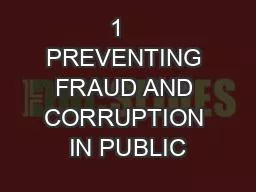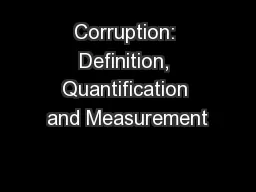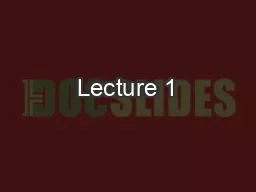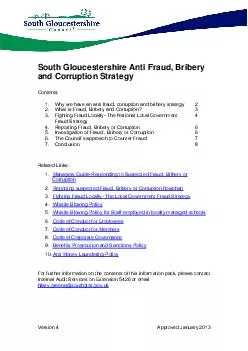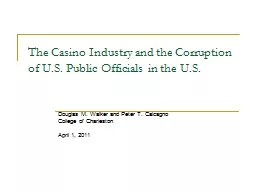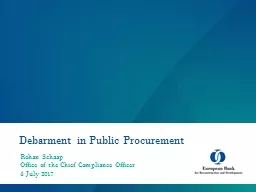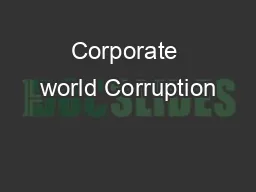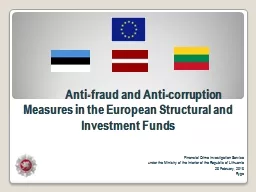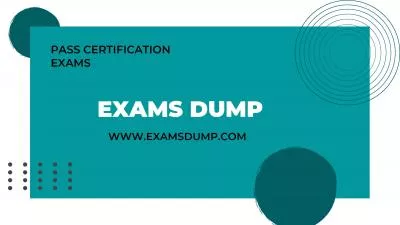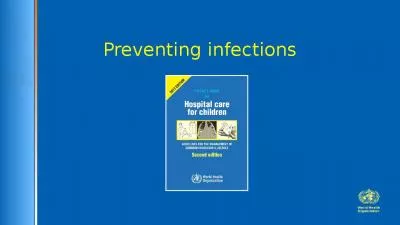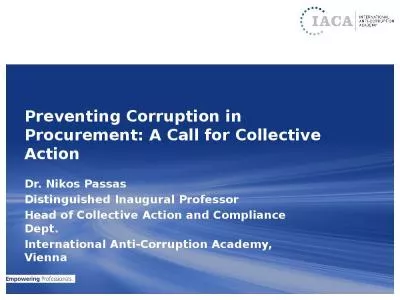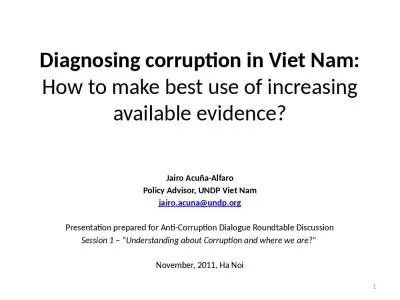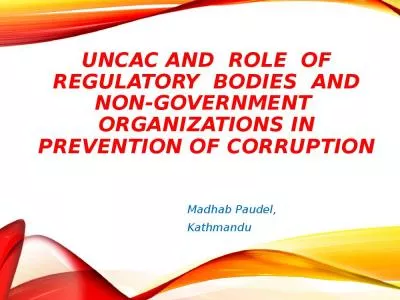PPT-1 PREVENTING FRAUD AND CORRUPTION IN PUBLIC
Author : friendma | Published Date : 2020-06-29
PROCUREMENT The crucial role of upstream phase grants to local governments and clientelism Sorin Ioni ţă Sorinionitaexpertforumro EFOR June 2014 Sources of
Presentation Embed Code
Download Presentation
Download Presentation The PPT/PDF document "1 PREVENTING FRAUD AND CORRUPTION IN P..." is the property of its rightful owner. Permission is granted to download and print the materials on this website for personal, non-commercial use only, and to display it on your personal computer provided you do not modify the materials and that you retain all copyright notices contained in the materials. By downloading content from our website, you accept the terms of this agreement.
1 PREVENTING FRAUD AND CORRUPTION IN PUBLIC: Transcript
Download Rules Of Document
"1 PREVENTING FRAUD AND CORRUPTION IN PUBLIC"The content belongs to its owner. You may download and print it for personal use, without modification, and keep all copyright notices. By downloading, you agree to these terms.
Related Documents

